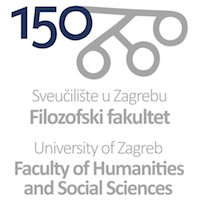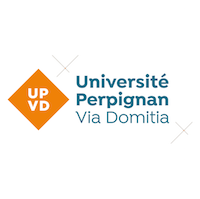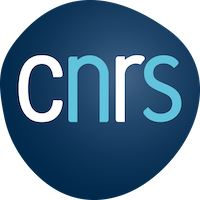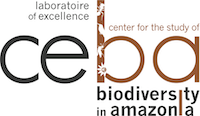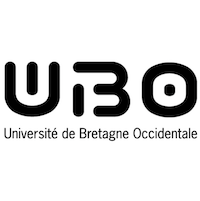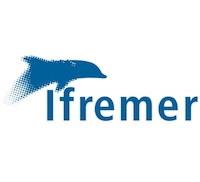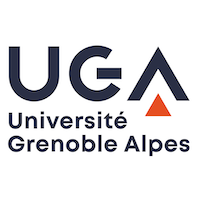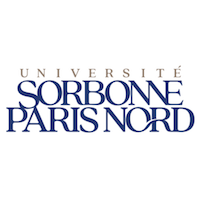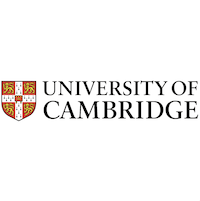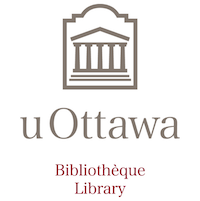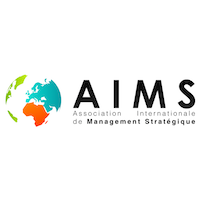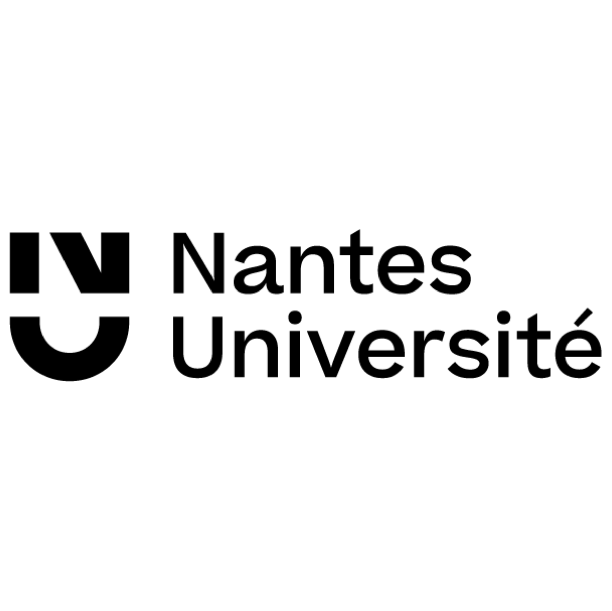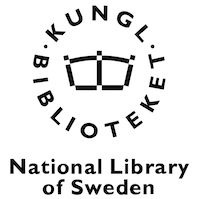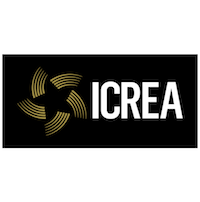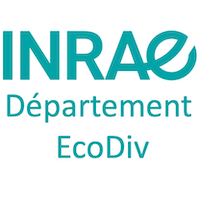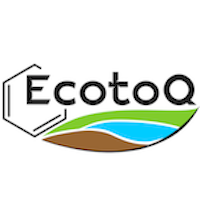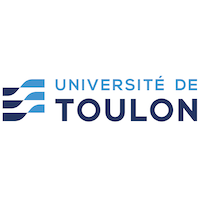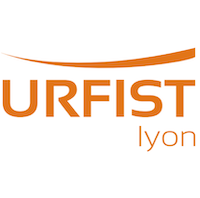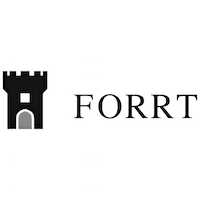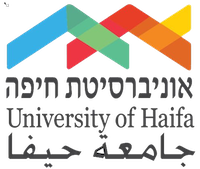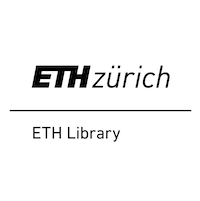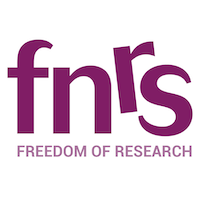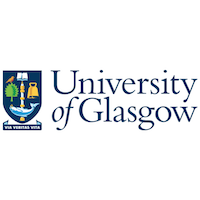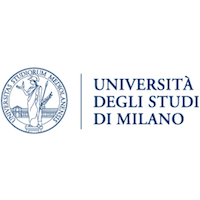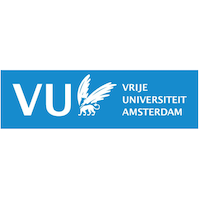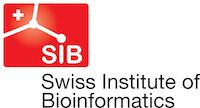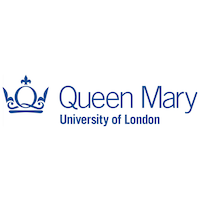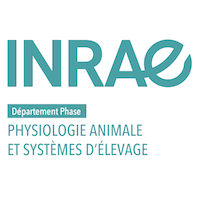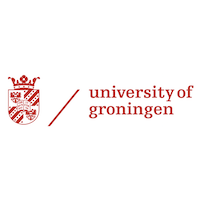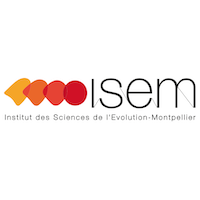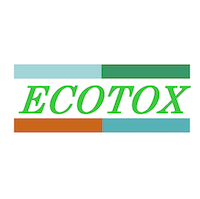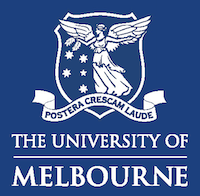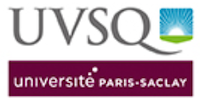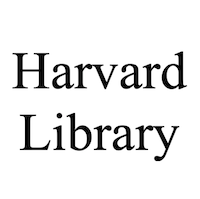
Latest Articles
-
Section: Ecology ; Topics: Ecology, Statistics ; Conference: Euring 2023
Effect of spatial overdispersion on confidence intervals for population density estimated by spatial capture–recapture
10.24072/pcjournal.578 - Peer Community Journal, Volume 5 (2025), article no. e70.
Get full text PDFSpatially explicit capture–recapture models are used widely to estimate the density of animal populations. The population is represented by an inhomogeneous Poisson point process, where each point is the activity centre of an individual and density corresponds to the intensity surface. Estimates of density that assume a homogeneous model (`average density') are robust to unmodelled inhomogeneity, and the coverage of confidence intervals is good when the intensity surface does not change, even if it is quite uneven. However, coverage is poor when the intensity surface differs among realisations. Practical examples include populations with dynamic social aggregation, and the population in a region sampled using small detector arrays. Poor coverage results from overdispersion of the number of detected individuals; the number is Poisson when the intensity surface is static, but stochasticity leads to extra-Poisson variation.
We investigated overdispersion from three point processes with a stochastic intensity surface (Thomas cluster process, random habitat mosaic and log-Gaussian Cox process). A previously proposed correction for overdispersion performed poorly. The problem is lessened by assuming population size to be fixed, but this assumption cannot be justified for common study designs. Rigorous correction for spatial overdispersion requires either prior knowledge of the generating process or replicated and representative sampling. When the generating process is known, variation in a new scalar measure of local density predicts overdispersion. Otherwise, overdispersion may be estimated empirically from the numbers detected on independent detector arrays.
-
Section: Genomics ; Topics: Ecology, Genetics/genomics
Spatio-temporal diversity and genetic architecture of pyrantel resistance in Cylicocyclus nassatus, the most abundant horse parasite
10.24072/pcjournal.571 - Peer Community Journal, Volume 5 (2025), article no. e69.
Get full text PDFCyathostomins are a complex of 50 intestinal parasite species infecting horses and wild equids. The massive administration of modern anthelmintic drugs has increased their relative abundance in horse helminth communities and selected drug-resistant isolates worldwide. Cylicocyclus nassatus is the most prevalent and the most abundant species. The tedious identification and isolation of these worms have hampered studies of their biology that remain largely uncharacterised. Here we have leveraged ultra-low input sequencing protocols to build a reference genome for the most prevalent horse strongyle species. Using this resource, we have established the first estimates of its genetic diversity and population structure on a gradient ranging from Ukraine (close to modern horse domestication area) to North America, while capturing a 19th-century snapshot of C. nassatus diversity in Egypt. Our results support a diverse and lowly structured global population. Modern populations displayed lower nucleotide diversity relative to the old North African isolate. We identified the first genetic candidates upon which pyrantel (an anthelmintic drug used in companion animals) selection likely applied in field populations, highlighting previously suspected genes coding for nicotinic acetylcholine receptor subunits, and identifying new candidates showing differential expression in independently evolved Caenorhabditis elegans lines. These results offer a first resource to widen current knowledge on cyathostomin biology, unravel novel aspects of pyrantel resistance mechanisms and provide candidate genes to track pyrantel resistance in the field.
-
Section: Genomics ; Topics: Developmental biology, Genetics/genomics
Sexual reproduction is controlled by successive transcriptomic waves in Podospora anserina
10.24072/pcjournal.574 - Peer Community Journal, Volume 5 (2025), article no. e68.
Get full text PDFDespite the inherent challenge of finding suitable mating partners, most eukaryotes use sexual reproduction to produce offspring endowed with increase genetic diversity and fitness. The persistence of this mode of reproduction is a key question in evolutionary biology. Fungi offer valuable insights into this question, due to their diversity and short lifecycle. This study focuses on Podospora anserina, a pseudohomothallic ascomycete fungus that bypasses self-sterility by maintaining two compatible nuclei in one mycelium. We performed genome-wide gene expression profiling during ten stages of P. anserina sexual reproduction and identified five major expression patterns. Our expert annotation approaches identified differentially expressed genes related to secondary metabolite production, fungal vegetative incompatibility, programmed cell death, and epigenetic regulation. In addition, master transcriptional regulators and their target networks were uncovered. This study provides a comprehensive database for future functional genomics experiments and novel pathway characterization during sexual reproduction.
-
Section: Ecology ; Topics: Ecology, Population biology
Genetic tracing reveals the role of ornamental plant trade in the simultaneous spread of three invasive ant species in Western Europe
10.24072/pcjournal.577 - Peer Community Journal, Volume 5 (2025), article no. e67.
Get full text PDFUnderstanding how human activities trigger biological invasions is crucial to prevent the environmental and socioeconomic costs of invasive species. The Tapinoma nigerrimun complex comprises five species of ants, three of which (T. darioi, T. ibericum, T. magnum) exhibit biological and ecological characteristics of invasive ant species. These three species are native to Western Mediterranean Europe and North Africa, but have been reported as invasive in northern Europe. The ornamental plant trade is a common invasion pathway for many taxa, but its role in the continental spread of invasive Tapinoma species remains unknown. This study aims to identify the role of Ornamental Plant Sales Outlets (OPSOs) in the introduction of these three species and to determine the potential geographical origin of populations present in French OPSOs. Tapinoma colonies were sampled in 103 OPSOs across four French urban areas and one Corsican locality, with a specific focus on the Mediterranean region. Collected ant workers were identified to the species level using 15 microsatellite markers. Genotypes were compared to genetic profiles of European and North African populations to trace the geographical origin of introduced populations. We found a high prevalence of invasive species in OPSOs, with 66% (16/24) of invaded OPSOs in the urban area of Montpellier and 31% (19/61) in the urban area of Lyon, suggesting an important role of OPSOs in the introduction of the three species. Multiple introductions were detected in Montpellier OPSOs, both at species level (seven OPSOs with two or three invasive species) and between genetic clusters within species (five OPSOs with more than one genetic cluster for T. magnum). Based on genetic clustering, populations with probable origins in Spain or Italy were detected in the French OPSOs. These results are particularly worrying as multiple simultaneous introductions might promote a rapid genetic recovery from founder effects for one species or result in hybridization between species. Overall, our findings highlight the importance of the trade in ornamental plants in shaping insect invasions and increasing the risk of genetic mixing with unforeseeable consequences on species invasiveness.
Follow us
People
Sections
- Animal Science 26
- Archaeology 25
- Ecology 117
- Ecotoxicology & Environmental Chemistry 11
- Evolutionary Biology 97
- Forest & Wood Sciences 7
- Genomics 50
- Health & Movement Sciences 7
- Infections 30
- Mathematical & Computational Biology 24
- Microbiology 17
- Network Science 6
- Nutrition 0
- Neuroscience 7
- Organization Studies 2
- Paleontology 11
- Psychology 0
- Registered Reports 1
- Zoology 25
Conferences
Indexed by
Supporters
Membership
Image Credits
The network image was drawn by Martin Grandjean: A force-based network visualization CC BY-SA







